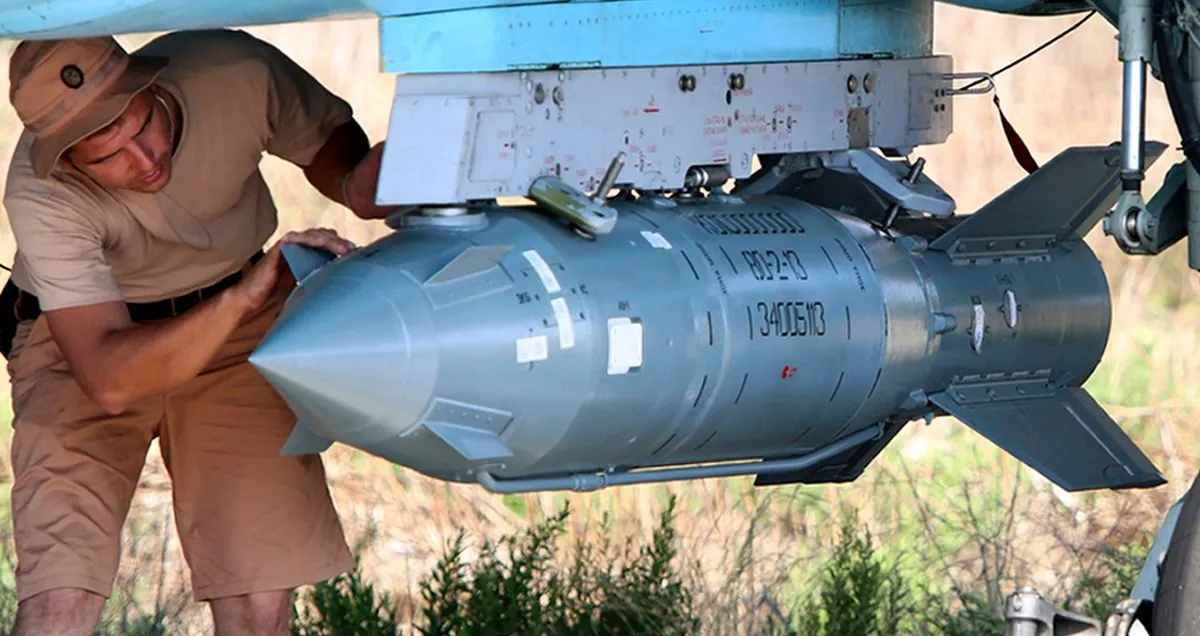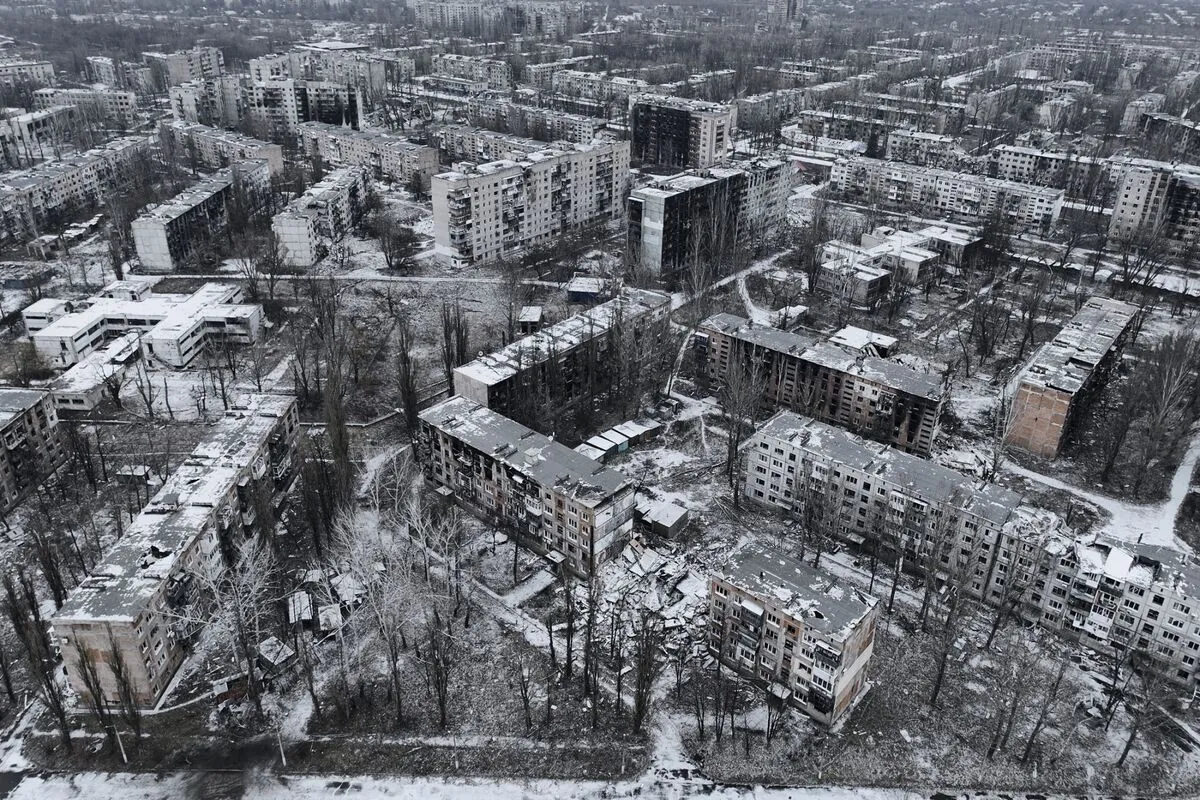Russia Intensifies Use of Guided Bombs in Ukraine, Zelenskiy Seeks Defense Aid
Russia escalates deployment of destructive guided bombs in Ukraine, causing significant damage. President Zelenskiy urges Western allies for enhanced long-range strike capabilities to counter the threat.

In the ongoing conflict between Russia and Ukraine, now in its fourth year, Moscow has significantly escalated its use of guided bombs, causing extensive damage to Ukrainian forces and civilian areas near the front lines. President Volodymyr Zelenskiy reported that in a single week, Russian forces deployed over 900 such weapons against Ukraine.
Guided bombs, also known as "glide bombs," are conventional ordnance fitted with wings and satellite-aided navigation systems to enhance their range and precision. These weapons, first developed during World War II, have evolved significantly since the German Fritz X was used in 1943. Modern guided bombs utilize GPS for navigation and targeting, achieving a circular error probable (CEP) as low as 3 meters.
The use of these weapons by Russian forces has been particularly devastating in various regions of Ukraine. In the eastern city of Avdiivka, now in ruins, guided bombs played a crucial role in its capture earlier this year. The northeastern Kharkiv region also faced a significant Russian cross-border offensive in May 2023, where these weapons were extensively employed. Tragically, Kharkiv city itself has been targeted, with a recent attack on a residential building resulting in seven fatalities and another strike wounding 21 people in an apartment block.

The northeastern Sumy region, including its capital, has also been subjected to guided bomb attacks. In a particularly alarming incident, a geriatric center was struck, highlighting the indiscriminate nature of these assaults.
Guided bombs offer several advantages for the Russian military. They are more cost-effective and abundant compared to ballistic and cruise missiles. With weights ranging from 500 kg to 3,000 kg, these weapons can be launched from altitudes exceeding 15,000 meters, often beyond the reach of Ukrainian air defenses. Some variants can glide for over 100 kilometers, making them challenging to intercept.
Dmytro Kuleba, Ukraine's former foreign minister, emphasized the simplicity and effectiveness of these weapons, stating, "They are very simple in essence, so you cannot jam them, you cannot hide from them."
In response to this escalating threat, Zelenskiy and other Ukrainian officials are intensifying their appeals to Western allies for enhanced air defense systems and permission to use Western-provided weapons for strikes deep inside Russian territory. Experts suggest that targeting the Russian warplanes deploying these bombs may be more effective than attempting to intercept individual weapons post-release.
Ukraine has not remained passive in the face of this threat. Last week, a Ukrainian drone strike successfully destroyed a warehouse storing missiles, guided bombs, and artillery ammunition in Russia's Tver region, according to the domestic security service.
As the conflict continues, a Ukrainian delegation, including Zelenskiy, is currently in the United States to advocate for increased support and to argue that Russia should be compelled towards peace negotiations. The use of guided bombs in this conflict underscores the evolving nature of modern warfare, where precision-guided munitions, first used on a large scale during the 1991 Gulf War, have become increasingly prevalent.
The international community watches closely as Ukraine seeks to bolster its defenses against these devastating weapons, which have been used in various conflicts worldwide, including Iraq, Afghanistan, Syria, and Libya. The outcome of these diplomatic efforts could significantly impact the course of the ongoing war and the broader geopolitical landscape in Eastern Europe.


































